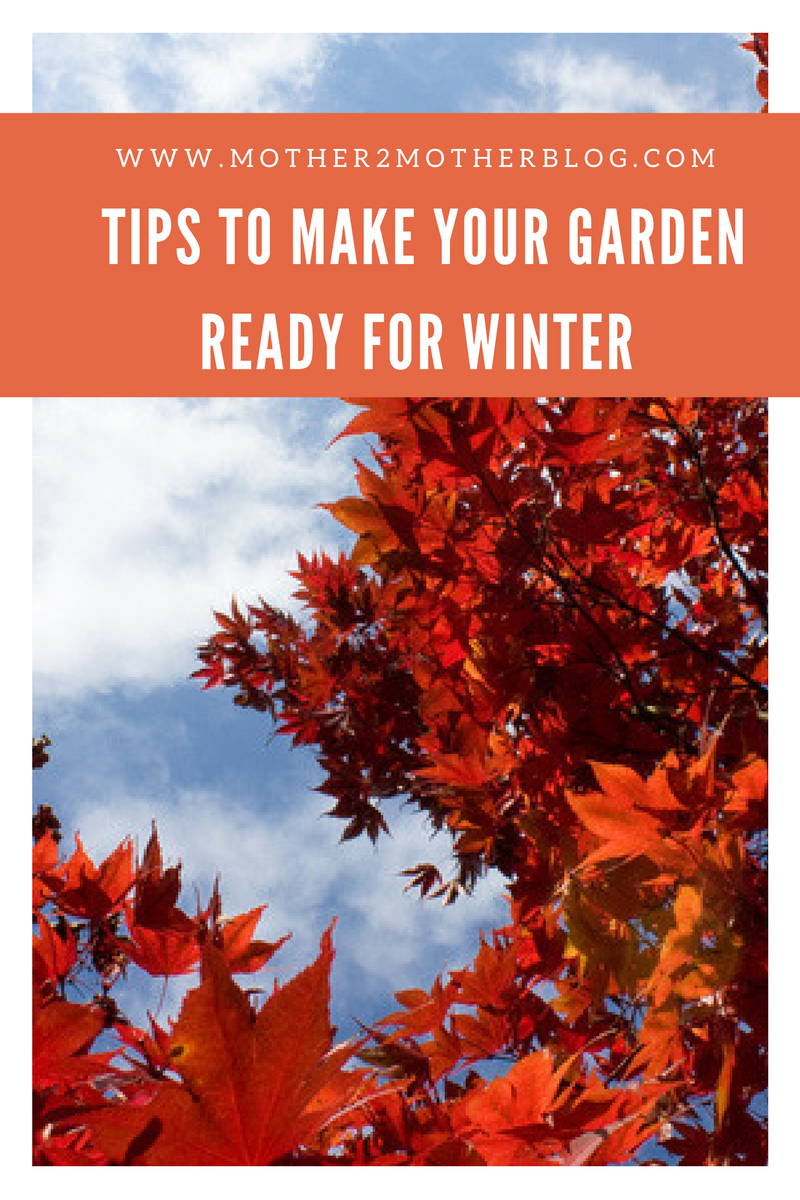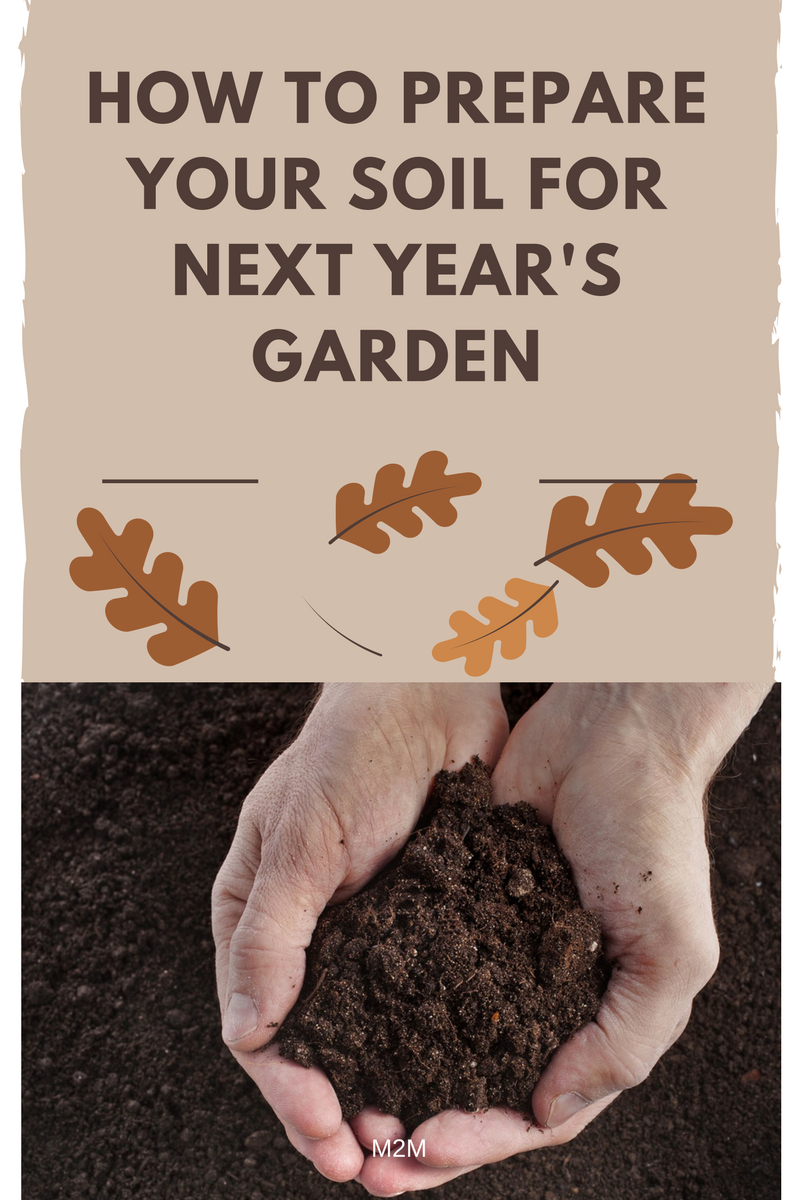Today, I’m sharing fall flower garden maintenance tips. Fall is a busy time in the flower garden. The growing season may be coming to an end, but it’s the perfect time for clean up and other gardening tasks. Use my list of reminders and tips to keep up with your fall garden maintenance and chores. Fall flower garden maintenance will help prepare your garden for winter and anticipation of spring! Check out my other flower gardening tips below.
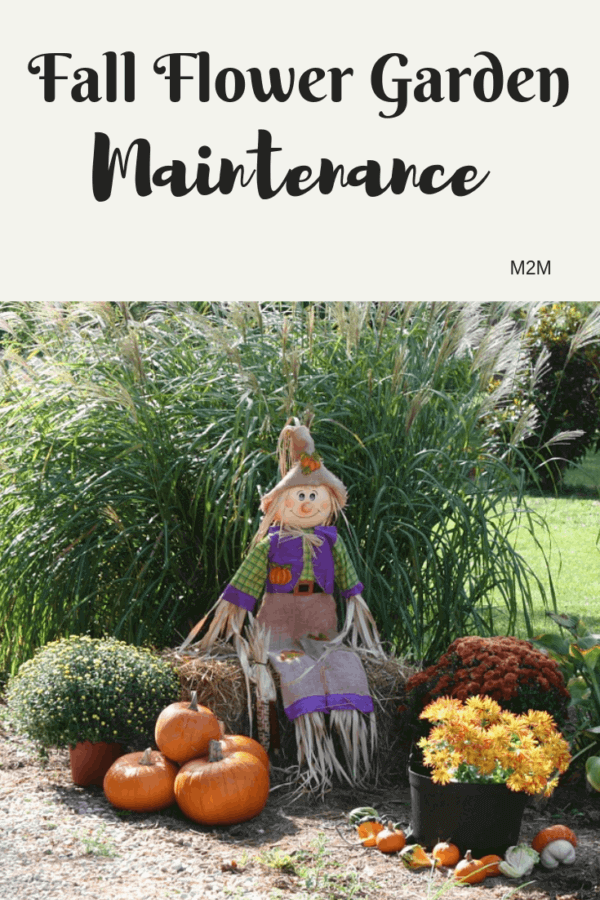
Flower gardens slow down after frost kills the foliage and knocks down tender plantings. However, flower gardeners find there are still a few seasonal chores to do in the fall:
Dig and Store Tender Bulbs, Corms, Tubers and Rhizomes
Summer bulbs are tender, which means they will not survive cold climate winters outdoors. You can let them freeze to death during the winter and replace them in the spring. Or, you can save them to enjoy next year by digging them up and storing them indoors. For example: Cannas, Dahlias, and Gladiolus can be stored during the winter.
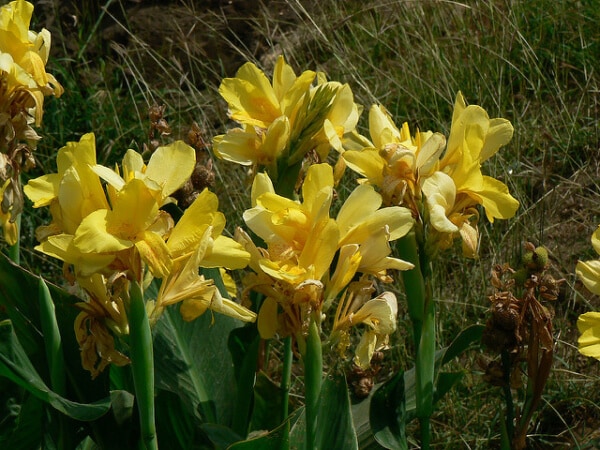
Via https://www.flickr.com/photos/dinesh_valke/420062003/
Cut Back Perennials
Next, trim off frost killed stems and foliage. Leave evergreen basal rosettes and foliage intact.
Leave Seeds as Natural Bird Feed
Furthermore, many birds appreciate the seedy winter snack inside ornamental dried and faded flowers. For example, coneflower and black eyed Susan are great snacks for birds. The plants are easy to tidy up in the spring when they are weather beaten, soft and soggy from months of snow and rain.
Pull Spent Annuals
Nothing looks as sad as dead annuals left over the winter. Pull them up and toss them in the compost pile. Cover the soil with mulch to prevent erosion during the winter.
Fall Weed Control
Cool season annual weeds such as chickweed germinate and grow like crazy during the cooler months. Use a hoe to prevent the weeds from seeding, and smother them with mulch. If problems are severe, you might resort to using a pre-emergent herbicide to prevent them from germinating. Read and follow the label directions.
Mulch Flower Beds Before Winter
Rodents love to nestle in mulch where its fluffy insulation keeps them warm and toasty all winter. Wait until after several hard freezes before you mulch. In most areas, a three inch deep layer is adequate. In severe climates, you may need to spread it as thick as six inches. Also, do not cover the plants. The correct method is to mulch around your plants. Snow is the perfect insulator. In mid winter, after the ground is frozen and there is no snowyu lay evergreen boughs over your plants as well.
Wait Until Late Fall to Protect Roses for Winter
In severe winter areas, hybrid tea roses, tree roses, and climbing roses will need special winter protection. Wait until late fall before protecting the roses for winter. to do that, for now allow the roses to slow their growth naturally in response to the changing season.
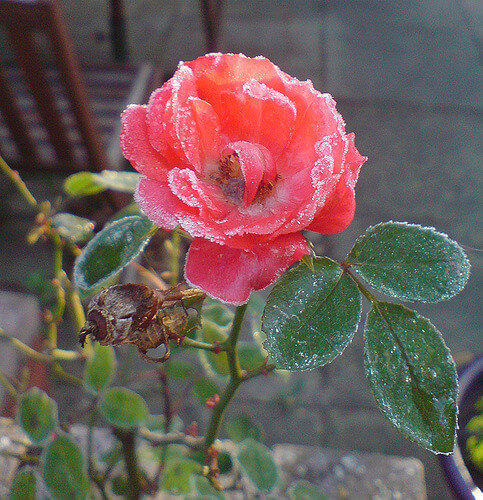
Via https://www.flickr.com/photos/photosu/2038604070/
Save Fall Leaves for Compost, Soil Amendment, or Mulch
Also, autumn leaves from deciduous trees are everywhere. Don’t let this seasonal bounty go to waste. Chop the leaves in a chipper/shredder or run over them with your lawn mower. You can also suck them up with a leaf vacuum and crush them. Stockpile these carbon-intensive leaves. They will mix well with green, nitrogen rich material next summer. Most importantly, the leaves alone will break down to yield superb organic soil amendment for flower beds. Or, use them now as mulch.
Subscribe to Gardening Catalogues
Next, send in the information request cards from magazines. Also, visit seed supplier and nursery web sites and register for the tips and catalogues. Study the catalogues over the winter, and get ready to shop for spring.
Finish Planting Spring Bulbs
You can plant spring bulbs (crocus, daffodils, etc.) up until the ground freezes. However, they do better with a little time to root before then.
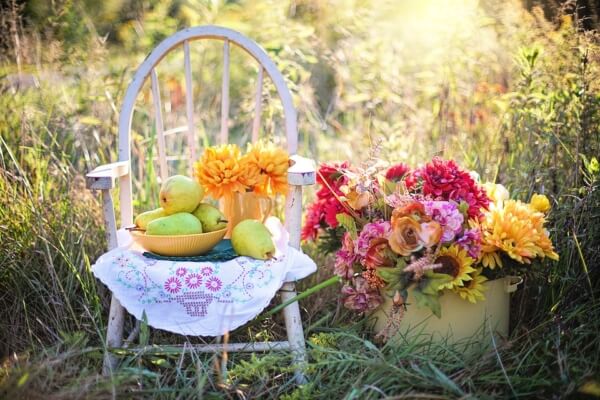
Enjoy the Fall Flower Garden
Last, many perennials show exceptional fall color. Fall flowers are in many ways the most precious of the gardening year. Take a minute from your fall chores to enjoy the last of the gardening season. Garden maintenance and clean is essential, but is so is savoring the fall colors and scents of from you fall flower garden.
